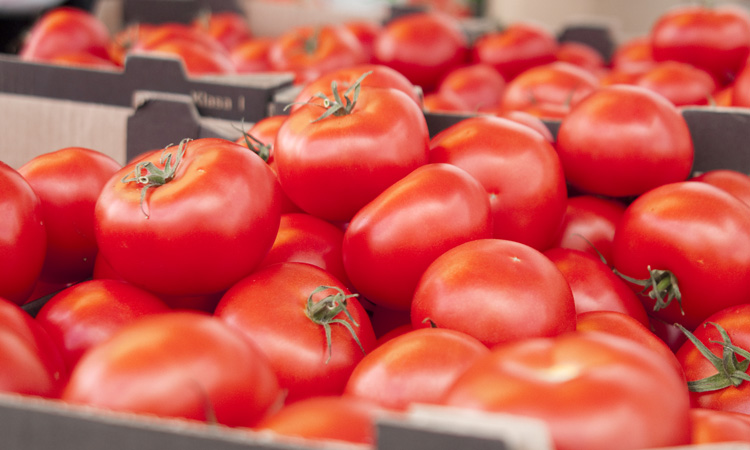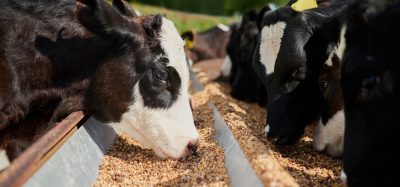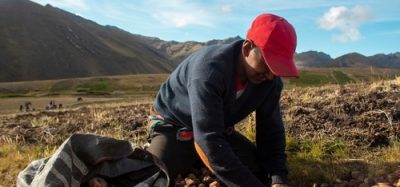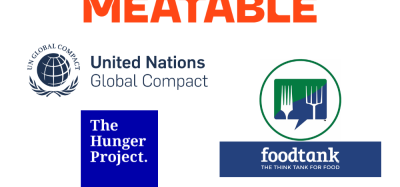Shift in crop growing seasons and locations needed to adapt to climate change
- Like
- Digg
- Del
- Tumblr
- VKontakte
- Buffer
- Love This
- Odnoklassniki
- Meneame
- Blogger
- Amazon
- Yahoo Mail
- Gmail
- AOL
- Newsvine
- HackerNews
- Evernote
- MySpace
- Mail.ru
- Viadeo
- Line
- Comments
- Yummly
- SMS
- Viber
- Telegram
- Subscribe
- Skype
- Facebook Messenger
- Kakao
- LiveJournal
- Yammer
- Edgar
- Fintel
- Mix
- Instapaper
- Copy Link
Posted: 26 August 2020 | Sam Mehmet (New Food) | No comments yet
A Berkeley Lab study has suggested that some popular crops will need to have their growing season and location changed in order to adapt to future temperature and climate change scenarios.


New research from Lawrence Berkeley National Laboratory (Berkeley Lab), a United States national laboratory that conducts scientific research on behalf of the Department of Energy, has suggested that some popular produce crops might not survive by the years 2045-2049 if current conditions are maintained. The researchers said that future temperatures will have more of an effect on when cool-season crops, such as broccoli and lettuce, can be grown than on where, while warm-season crops (cantaloupe, tomatoes, carrots) will experience greater impact on where they can be grown versus when.
The scientists described pairing computer modelling with information about historic and ideal growing temperatures for five important California crops in their paper, ‘Projected temperature increases may require shifts in the growing season of cool-season crops and the growing locations of warm-season crops.’
“To ensure food security for California and the rest of the country, it’s important to predict how future warming will affect California agriculture,” said the paper’s lead author, Alison Marklein.
“We need reliable information about how future climate conditions will impact our crops in order for the agricultural system to develop an adequate response to ensure food security. For instance, one major challenge when considering relocating is that growers have specialised knowledge of their land and crops. If they can no longer be grown in their current locations, then the farmer has to either move to a new area or grow a different crop, which presents a practical and economic burden on the farmer.”
In carrying out the study, the researchers first selected five annual crops that are produced more in California than any other state – lettuce, broccoli, carrots, tomatoes, and cantaloupe. These nutrient-dense foods contributed 64 percent of the state’s cash value of vegetable and melon crops in 2016 and are considered essential to food security, as evidenced by their place among the top vegetables and fruits donated to four studied California food banks.
The team then obtained 15 years of air temperature data beginning in 1990 from locations across the state, as well as information about crop temperature thresholds – or maximum and minimum air temperatures beyond which failure occurs – and growing locations for each going back seven years. They also considered optimal growing-season length: for example, broccoli requires four consecutive months of minimum 39 degrees Fahrenheit and maximum 95 degrees.
Setting out to compare how each crop would do across California under different possible climate scenarios, one hot-dry and another cool-wet, the researchers looked at how higher temperatures may affect the crops in their historical growing locations. Next, they identified possibilities to expand any crop to a more ideal growing location based on that crop’s temperature threshold, looking at all areas where that crop has not been grown, even where land had not previously been used for agriculture.
The team then calculated how much of the land historically used for growing each of the five crops can be maintained under future warming scenarios (hot-dry, cool-wet); how much of the land used would be untenable due to temperature rise; and how much land not formerly used for agriculture could potentially support each of the five crops in comparison to historical agricultural land where these crops have not yet been grown.
“We found differences in how warmer temperatures will affect the cool-season versus the warm-season crops,” Marklein said. “For cool-seasons like broccoli and lettuce, it may be possible to extend their growing seasons. But it may become too warm to grow warm-season tomatoes where they have been historically farmed in summer, and may require moving them to milder climates warm enough for growing tomatoes under the new climate scenarios.”
While it’s true that some of the crops studied, tomatoes especially, will lose areas where they have been traditionally farmed due to future warming, there could be some ways to mitigate these potential challenges, the researchers said. For example, because their analysis focused on air temperature rather than crop temperature, in practice irrigation may be able to reduce some negative heat effects, they added.
Marklein said this study gives agricultural planners a lot to think about. “This is really a first step in planning for future climate scenarios. This work could be used to help prioritise resources like cropland and water to maximise agricultural productivity and food security,” she said. “It’s critical to plan ahead for future warming scenarios, particularly in areas like California that feed the nation.”
Related topics
Environment, Food Security, Research & development, Sustainability









